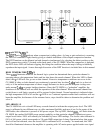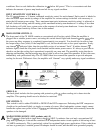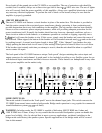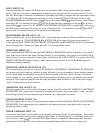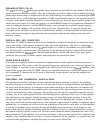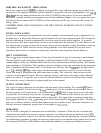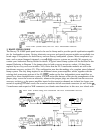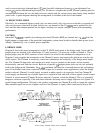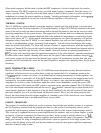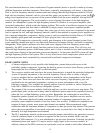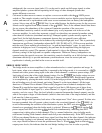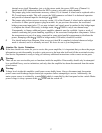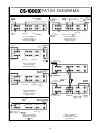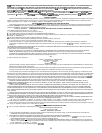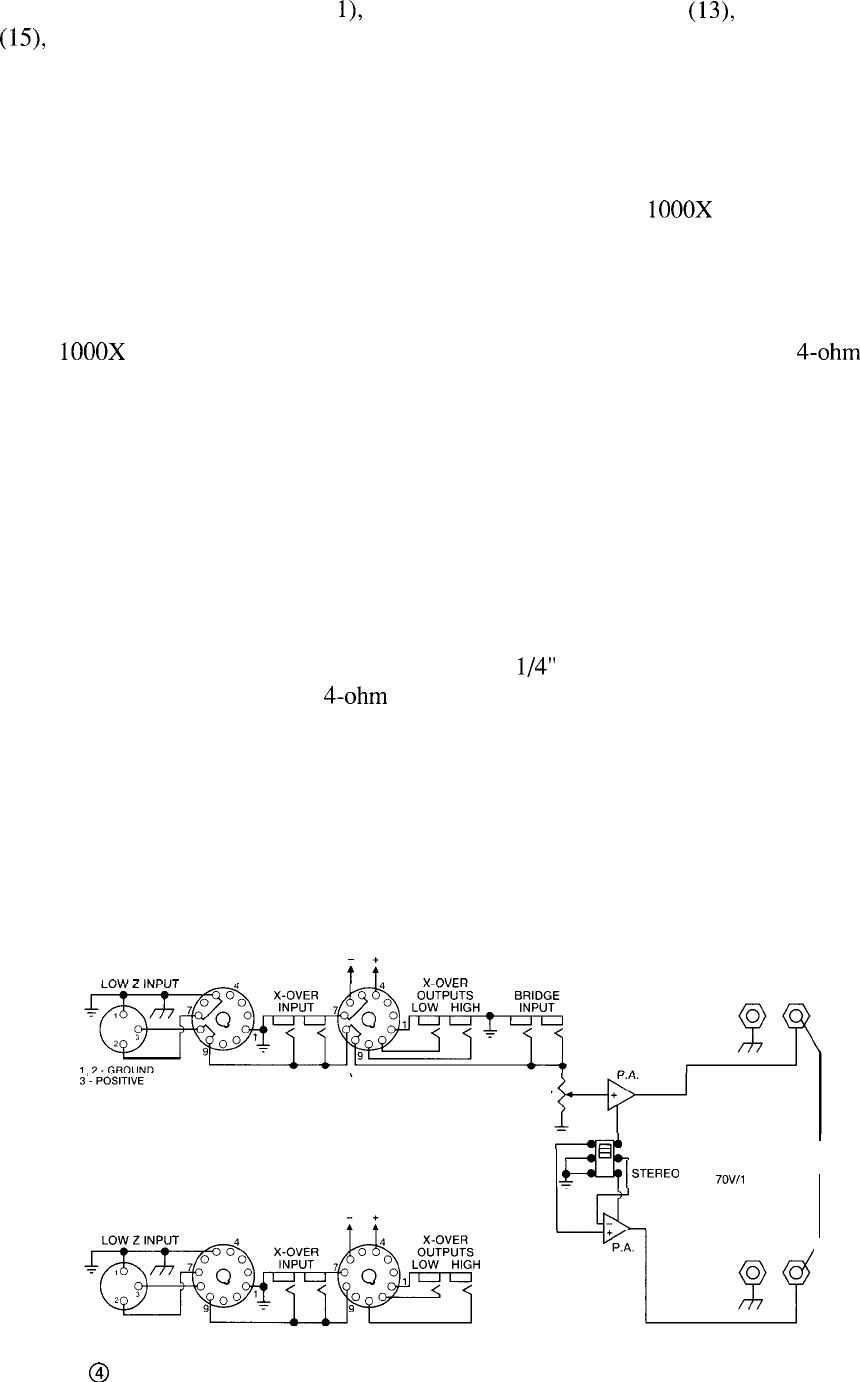
each crossover having a balanced input (1
l),
dual (parallel) unbalanced inputs
(13),
an unbalanced low
output
(15),
and an unbalanced high output (16). In order to complete the system, external patching must be
accomplished between the low and high crossover outputs and the various power amp inputs using shielded
patch cords. A patch diagram showing this arrangement is included at the end of this manual.
3A. BIAMP MONO MODE
Obviously, for a monaural biamp system (only one mixer feed), only one crossover module is required and
only one crossover island will be used. In this case, one channel of the CS
1000X
can be patched for the
lows and the other channel patched for the highs, resulting in a simple, compact system with outstanding
performance.
CAUTION:
Since the CS
1000X
is capable of producing more than 500 watts RMS per channel into a
4-ohm
load, the
high-frequency components of the particular loudspeaker system must be able to handle these power levels
reliably. Alternatively, use a smaller power amplifier!
4. BRIDGE MODE
Diagram 4 shows the actual arrangement for the CS 1000X patch panel in the bridge mode. Notice that the
jumper plugs are inserted in the transformer (12) and crossover (14) accessory sockets of Island A. These
jumper plugs cause the XLR connector of this island to be wired in the unbalanced configuration (as in
Diagram 1) and complete the connection to the Channel A power amp input jacks (which are now the only
active inputs). The Channel A sensitivity control now determines the sensitivity of the bridge-mode ampli-
fier. The Channel B input jacks and sensitivity control serve no purpose in this mode, and are actually
electronically removed from the circuit. Both sets of parallel l/4” output phone jacks are also not normally
used in the bridge mode. Remember, the 4-ohm minimum load must be connected between the red binding
posts. If individual loads were connected to each output (as in normal stereo applications) when the bridge
mode is selected, Channel A would supply a normal in-phase signal to its respective load, but Channel B
would supply an abnormal out-of-phase signal to its respective load, and both of these signals would contain
Channel A source material (Channel B source material, if present, would be defeated). This is a potentially
dangerous situation, especially if the individual channels are being used to supply high and low signals in a
typical biamp configuration. Obviously, the speaker components on Channel B would no longer be supplied
their intended signal but an out-of-phase version of the Channel A signal, which could easily destroy the
TRANSFORMER
i
i.
X-OVER
SENSITIVITY
CHANNEL B INPUTS
AND SENSITIVITY
CONTROL AREDEFEATED
d
BRIDGE
CONNECT LOAD
4Elc.
BETWEEN RED
&J+
ISTEREO
BINDING POSTS
7OV/l OOV LINE
TRANSFORMER
X-OVER
0
PATCH PANEL (BRIDGE MODE) WITH JUMPERS
12



